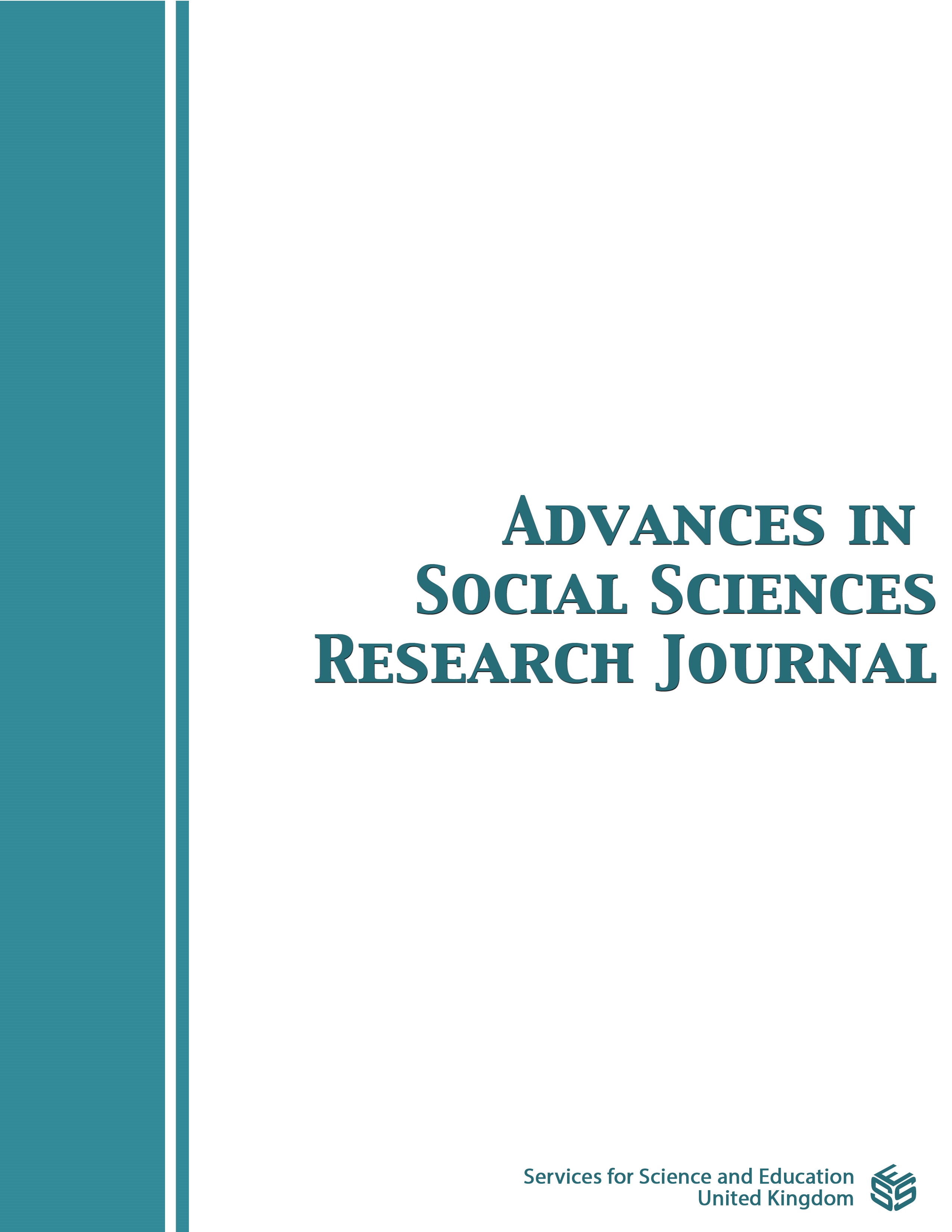Analysis of the Effect of the Smart Indonesia Program, School Operational Assistance and Cashless Food Assistance on Reducing Poverty Reduction in North Sumatera
DOI:
https://doi.org/10.14738/assrj.97.12601Keywords:
Smart Indonesia Program, School Operational Assistance, Non-Cash Food AssistanceAbstract
The purpose of this study is to analyze Non-Cash Food Assistance, School Operational Assistance, and the Smart Indonesia Program that can affect poverty in North Sumatra during the 2019-2020 period. The type of data to be analyzed in this study is quantitative, namely secondary data obtained from various related agencies, namely BPS, Ministry of Education and Culture and other sources. The analysis in this study uses panel data regression. The results showed that the value of the coefficient of determination in the estimation results showed that the variables of poverty in North Sumatra could be explained by the variables of the Smart Indonesia program, school operational assistance, and non-cash food assistance that could be explained by the model used. The variables used to explain the poverty variable show the direction of the influence in accordance with the hypothesis, except for the Smart Indonesia Program variable which has a positive and significant influence. School Operational Assistance, has a negative and significant effect on poverty, Non-Cash Food Aid has a negative but not significant effect on poverty.
References
Andini, I. (2013). The Attitude and Role of the Surabaya City Government towards the Improvement of Slums in Tanah Kalikewall Village, Surabaya City. Public Policy and Management, 1(1), 36–47.
Arsyad, L. (2014). Concept and measurement of economic development. Lincoln Arsyad, 1–46.
Astuti, E. W. (2018). Analisis Faktor-Faktor yang Mempengaruhi Kemiskinan Rumah Tangga (Kasus di Kabupaten Semarang). Economics Development Analysis Journal, 7(2), 162–185. https://doi.org/10.15294/edaj.v7i2.23415
Budiarti, Winih. 2004. Analisis Karakteristik Demografi, Sosial dan Ekonomi Penduduk Miskin di DKI Jakarta Tahun 2002. Jakarta: STIS.
Chambers, R. (1983) Rural development: putting the last first. Harlow: Prentice Hall
Iswanto, D., Irmawati, S., Riandoko, B., Kurniawan, A., Sugiyanto, F., Indris, Kamal, S. and S. H., … Masli. (2013). Analysis of Factors Affecting Poverty in Manado City. Scientific Journal of Efficiency, 18(1), 1–14. https://doi.org/10.1017/S1049023X14001058
Karto, S., & Koesoemo, H. (2014). Rural Sociology. 1–32.
Kuncoro, Mudrajad. 2010. Fundamentals of Development Economics, UPP STIM YKPN Yogyakarta
Lendentariang, D., Engka, D. S. M., & Tolosang, K. D. (2019). The Effect of Economic Growth, Unemployment Rate and Population on Poverty in Sangihe Islands Regency. 19(02), 23–34.
Revalion (2001). Poverty Comparison. World Bank. New York
Shofiyullah, S. (2015). The Practice of Democracy in Contemporary Indonesia in Criticism of Maqosidus Syariah. TAJDID: Journal of Ushuluddin Science, 14(2), 223–250. https://doi.org/10.30631/tjd.v14i2.36
Downloads
Published
How to Cite
Issue
Section
License
Copyright (c) 2022 Athoridho Handyton, Muhammad Fitri Rahmadana, Muhammad Yusuf Harahap, Muammar Rinaldi

This work is licensed under a Creative Commons Attribution 4.0 International License.
Authors wishing to include figures, tables, or text passages that have already been published elsewhere are required to obtain permission from the copyright owner(s) for both the print and online format and to include evidence that such permission has been granted when submitting their papers. Any material received without such evidence will be assumed to originate from the authors.






